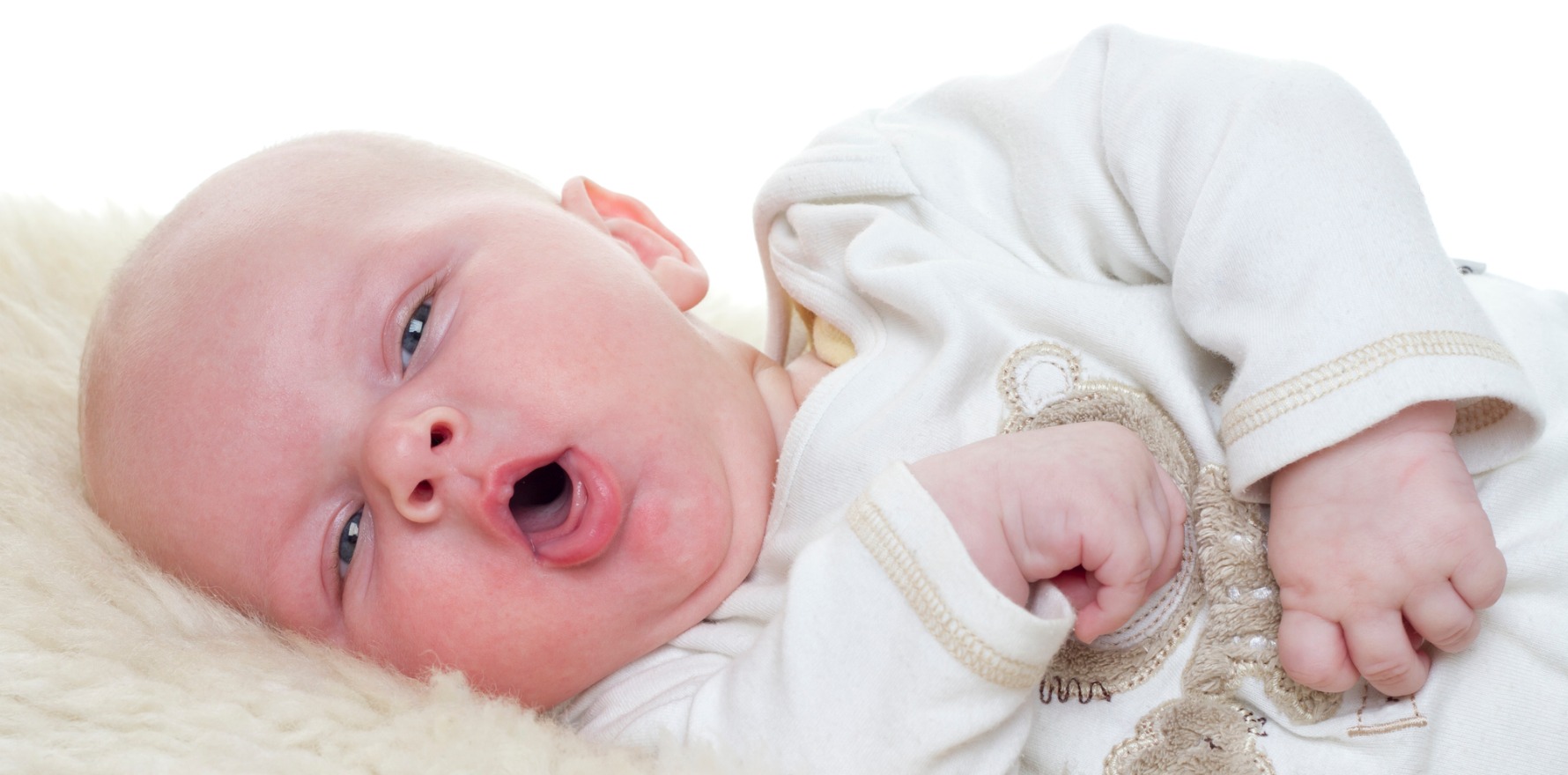The updated paediatric guidelines also highlight the importance of RSV vaccination for bronchiolitis prevention.
The Paediatric Research in Emergency Departments International Collaborative (PREDICT) Australasian Bronchiolitis Guideline has been updated for the first time since 2016.
It now includes prevention, further risk factors for severe infection and expanded signs and symptoms.
Rhinorrhoea, nasal congestion and cough, followed by signs of a lower respiratory tract infection (including respiratory distress and crackles/wheeze) with fever remain the key clinical signs and symptoms of bronchiolitis.
Additional symptoms such as feeding difficulties, vomiting, dehydration, hypoxaemia and lethargy have been included.
Diarrhoea was also added as an uncommon symptom, affecting fewer than 5% of infants with bronchiolitis. Apnoea, another addition, is reported in less than 2% of bronchiolitis cases.
Clinicians are now recommended to consider gestational age of less than 37 weeks, chronological age of less than 10 weeks, fewer than two months of breastfeeding and pre- and postnatal tobacco smoke exposure to be continuous risk factors which increase the risk of poorer outcomes from bronchiolitis.
Economic disadvantage, trisomy 21, congenital diaphragmatic hernia and other genetic disorders have been added as risk factors for severe infection and increased risk of hospitalisation.
Chronic lung, heart and neurological conditions, failure to thrive and being Indigenous remain risk factors for more serious illness in the updated guideline.
“Indigenous status, in itself, is unlikely to confer risk but there remains a correlation in Australia between ethnicity and severe bronchiolitis outcomes, independent of socioeconomic status, potentially reflecting the ongoing impacts of colonisation, remote geographical isolation, and the institutional racism in our health systems,” said a review of the changes published in The Journal of Paediatrics and Child Healthon behalf of PREDICT.
RSV was not previously included in the guideline, but the Guideline Development Committee noted that bronchiolitis, being one of the most common reasons for hospital admission in Australian infants, is most often associated with RSV infection.
Related
Immunisation should be encouraged by clinicians to reduce RSV bronchiolitis morbidity.
During the RSV season, infants who are at increased risk of severe complications from bronchiolitis should be considered for monoclonal antibody prophylaxis.
A single dose of nirsevimab or five to six monthly doses of palivizumab over the RSV season should be provided to infants with chronic lung disease, congenital heart disease or who were born prior to 32 weeks’ gestation as they are at greater risk.
Both infant and maternal RSV vaccinations were recommended as a population-based approach to reduce morbidity from RSV bronchiolitis.





